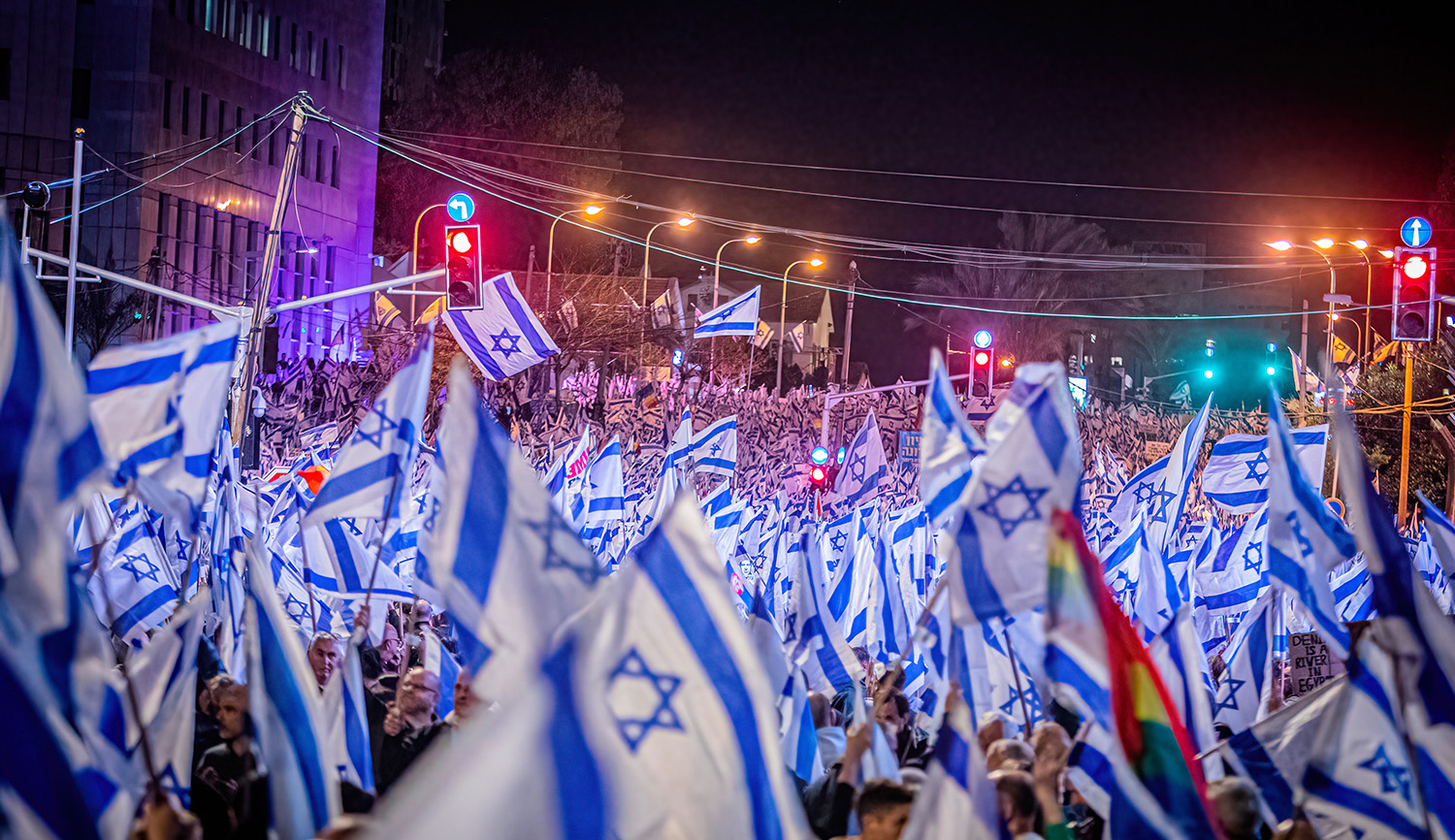In 1816, Moses Elias Levy, a Moroccan-Jewish businessman, set sail for America from London to create an agricultural settlement for Jews fleeing anti-Semitism in Germany and France in the wake of the Napoleonic wars. Established on a plot of land in Florida, his settlement, named Pilgrimage Plantation, survived legal troubles and an attempt by a local merchant to burn it down, but was eventually destroyed in the Second Seminole War of 1835. The area where the Jewish colony once stood is now in the town of Micanopy, but not a trace of it remains. Brian Zimmerman writes:
On the grassy prairie lands amidst the sage brush and wilting oak trees, Levy arrived with the goal of building his Jewish homeland. He could not have picked a better site for a community founded on the desire to appease religious suffering. To finance Pilgrimage Plantation, Levy invested in a sugarcane mill and blacksmith shop, as well as a wide array of agricultural equipment and livestock, including horses, sheep, oxen, and hogs. Then, all Levy needed was residents. Those came as early as 1822, when [Levy’s partner, the Anglo-German Jewish banker Frederick] Warburg arrived in Florida with 23 Jewish settlers, all of whom had answered an advertisement in a New York City newspaper.
More about: American Jewish History, Florida, Moroccan Jewry


